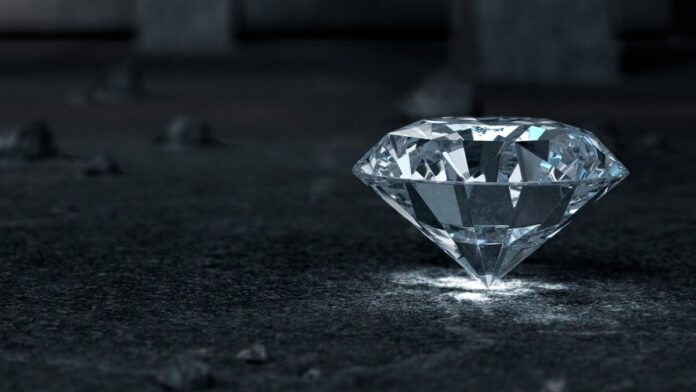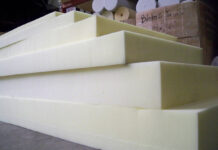
The on-going discussion surrounding lab-grown diamonds versus cubic zirconia highlights the nuances in the world of fine jewelry. As consumers become more discerning, understanding these two materials’ scientific, aesthetic, and durability distinctions becomes imperative.
This article aims to unravel the differences between lab-grown diamonds and cubic zirconia, shedding light on the unique characteristics that set these gemstones apart.
Formation and Composition
Lab grown diamonds, which are also known as synthetic or cultured diamonds, are crafted using technological processes that mimic the conditions under which natural diamonds form.
Carbon atoms arrange themselves in the crystal lattice structure typical of diamonds, resulting in stones with chemical and physical properties that are identical to natural diamonds.
In contrast, cubic zirconia (CZ) is a synthetic crystalline substance composed of zirconium oxide. Unlike diamonds, which are made of carbon atoms arranged in a tetrahedral lattice, cubic zirconia has a cubic crystal structure, giving it distinct visual and optical properties.
Hardness and Durability
A key distinguishing factor between lab-grown diamonds and cubic zirconia is their hardness. Diamonds are renowned for their exceptional hardness, ranking as the hardest material on the Mohs scale with a score of 10.
Lab-grown diamonds exhibit the same hardness as natural diamonds, which makes them highly durable and resistant to scratches.
On the other hand, cubic zirconia has a lower hardness rating on the Mohs scale, typically ranging from 8 to 8.5. While CZ is still relatively hard and suitable for jewelry, it is more susceptible to scratches and wear compared to diamonds.
Brilliance and Fire
Brilliance and fire refer to how a gemstone reflects light, creating sparkle and color play. Lab-grown diamonds are prized for their exceptional brilliance and fire, resulting from the dispersion of light within the diamond crystal. The refractive index of diamonds is higher than that of cubic zirconia, contributing to a more dazzling display of colors.
Cubic zirconia, while exhibiting a high level of brilliance, does not match the natural optical properties of diamonds. The lower refractive index of CZ can result in a different play of light, often described as more ‘fiery’ than ‘brilliant.’
Cost and Affordability

The most significant difference between lab-grown diamonds and cubic zirconia is their cost. While generally more affordable than natural diamonds, lab-grown diamonds are still priced higher than cubic zirconia due to the complex manufacturing processes involved.
The cost of lab-grown diamonds is influenced by factors such as size, quality, and the specific production method.
Cubic zirconia, being a man-made material with a less intricate production process, is significantly more affordable than both natural and lab-grown diamonds.
This affordability makes cubic zirconia an attractive option for those seeking the appearance of a diamond without the associated price tag. This factor can be huge when purchasing jewelry, such as engagement rings. Wondering will lab-grown diamonds pass the diamond tester, read on to find out.
Navigating the Gemstone Landscape- Deciding Between Lab-Grown Diamonds and Cubic Zirconia
In the ongoing debate between lab-grown diamonds and cubic zirconia, it’s clear that each option has its unique characteristics and appeals to different consumer preferences.
Lab grown diamond engagement rings stand out for their chemical and physical similarities to natural diamonds, while cubic zirconia offers an affordable alternative with its own aesthetic charm.
Ultimately, the choice between lab-grown diamonds and cubic zirconia hinges on individual priorities, whether it is the desire for a gemstone with remarkable durability and brilliance or an affordable yet visually appealing alternative.
As technology continues to advance, the jewelry industry will likely witness ongoing developments in both the production and perception of these gemstone options.








